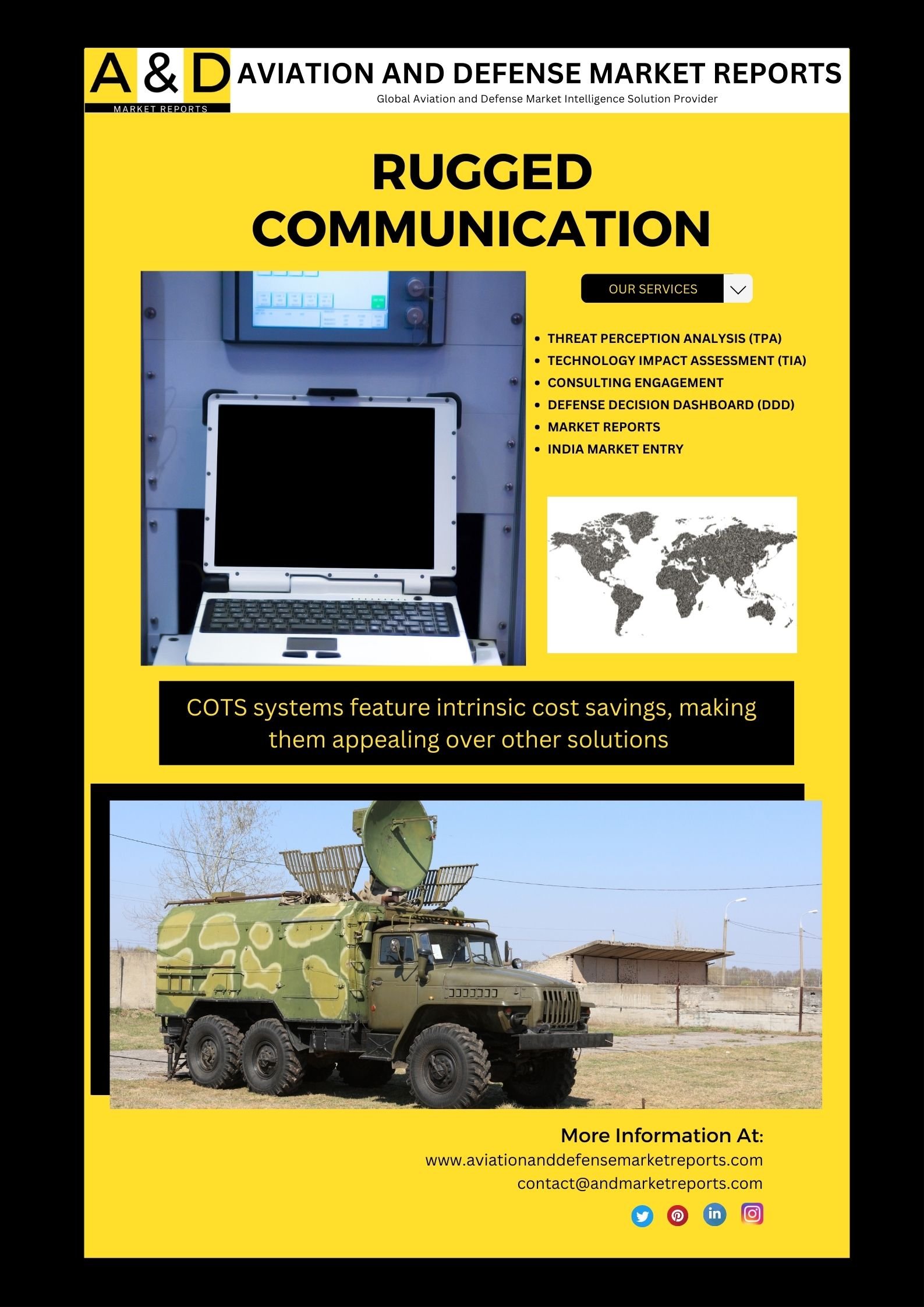Description
Armored vehicles are land platforms that are protected by armor against incoming projectiles like missiles, bullets, debris, and other projectiles and weapon systems. These vehicles have both invasive and defensive functions. For example, the main battle tank (MBT) is equipped with the main armor gun and one or more machine guns intended for attack or intrusion, and the vehicle is protected from enemy attacks by armor. Due to the frequent occurrence of cross-border conflicts and asymmetric warfare around the world, the demand for armored vehicles is increasing. Innovation in verticals like electronics, weapons, automotive, and materials science are expected to accelerate the growth of the military bulletproof vehicle market. The global armored vehicle market is estimated to be USD 15.8 billion in 2020 and is projected to reach USD 25.94 billion by 2025, with a CAGR of 5.39% during the forecast period. The market is segmented into regions, types, and systems. Based on the types the market includes combat vehicles, combat support vehicles, unmanned armored ground vehicles. Based on systems the market includes are engines, propulsion systems, ballistic armor, turret drives, and ammunition processing systems.
Increasing cross-border conflicts: A rise in cross-border conflicts is leading to increased demand in the armored vehicle industry. In recent years, conflicts, terrorist activities, and wars have increased worldwide. There has been an increase in violence in countries such as Syria and Iraq, increased cross-border activity, and the fight against rebellions between Asian countries and other regions. Several countries around the world are modernizing their existing defense systems. Developing countries around the world are focusing on strengthening and protecting defense systems with advanced light defense vehicles (LPVs), main battle tanks (MBTs), infantry fighting vehicles (IFVs), and more. These factors drive market growth over the forecast period.
The high probability of failure of the electrical and mechanical components: Armored vehicles are susceptible to mechanical stress caused by movement on uneven terrain. These vehicles often face mechanical failures in terms of their engine and transmission systems due to their high-speed operating systems. Therefore, these vehicles are subject to component failures, component jams, power outages, etc. These failures are difficult for rescue and recovery teams to repair and can serve as serious disadvantages during battlefield operations. In addition, identifying defective components can lead to the malfunction of armored vehicles. Therefore, manufacturers are developing new and innovative designs to reduce and fix the above defects in armored vehicles.
Increased use of active protection systems (APS) is recognized as a major market trend. Active protection systems automatically detect incoming threat projectiles and counteract them before reaching the target. APS uses launchers, tracking radar, sensors, and counter-measure ammunition to protect combat vehicles from grenade attacks and anti-tank guided missiles. General Dynamics Ordnance and Tactical Systems, Raytheon Company, Leonardo DRS, and others are the major players developing APS.
In October 2019, Israel’s RAFAEL Advanced Defense Systems and Leonardo DRS provided the United States Army with the first active trophy protection system for tanks and armored fighting vehicles. The trophy is a popularly acclaimed completely integrated, combat-proven APS. The trophy has a high network awareness which enables it to identify and report the adversary’s location. This trend is predicted to accelerate market growth.
Key players are emphasizing collaborating with companies engaged in the manufacturing of advanced systems and components. It is to provide their products with cutting-edge technologies for better combat capabilities. Major armored vehicle manufacturers rely on research and development. They are spending on active protection systems, AI-based intelligent object detection and tracking technologies, navigation algorithms for unmanned armored vehicles.






